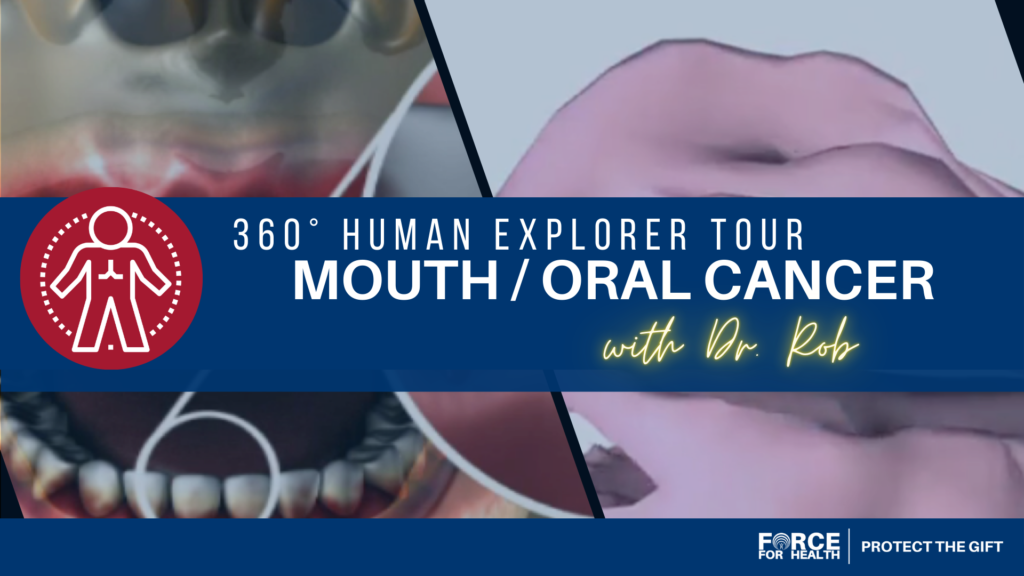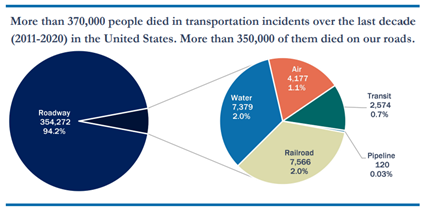
360° Human Explorer Tour: Mouth Cancer
Mouth and Oral Cancer
Hi, I’m Dr. Rob, exploring oral cancer with the 360 Human Explorer.
The mouth is vital for speaking, breathing, and eating, and it’s crucial to protect it. Using the 360 Human Explorer, we can examine the mouth and throat anatomy, including the oral cavity, nasal pharynx, and oral pharynx.
Oral cancer can form anywhere in the mouth, especially with risk factors like chewing tobacco or alcohol. Early signs include small growths, white patches (leukoplakia), or sores that don’t heal. Ignoring these signs can lead to advanced cancer that invades the jawbone and lymph nodes.
Inspect your mouth regularly. If you notice persistent white patches or growths, see a doctor immediately. Early detection can prevent severe complications. Use the 360 Human Explorer to understand oral cancer and its impact on speech, swallowing, and vital functions.
Recommend0 recommendationsPublished in 360° Human Explorer Tour, Dr. Rob Perspectives










Responses